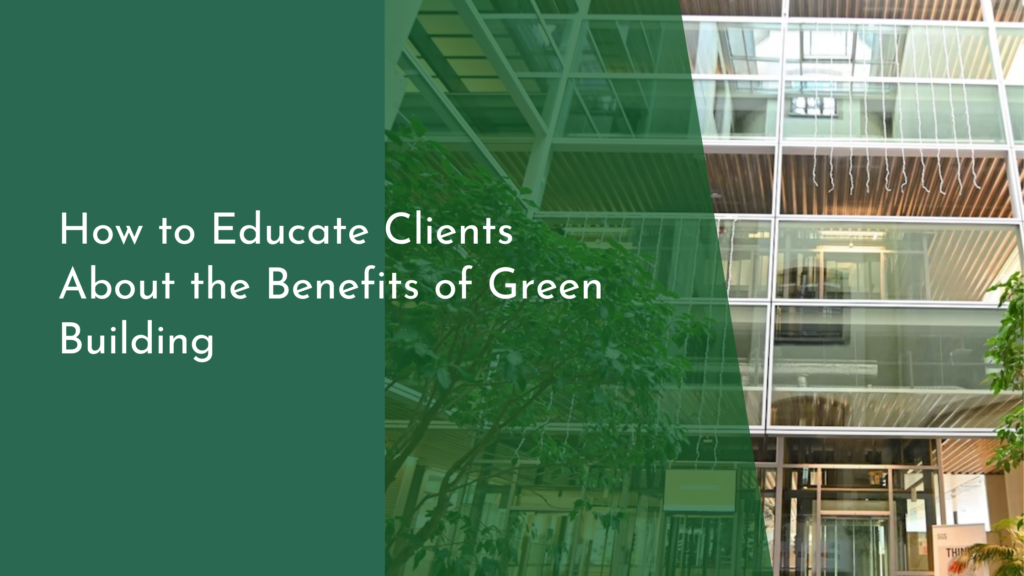Urban Forestry as a Tool for Public-Private Collaboration
Urban forestry has emerged as a vital strategy in enhancing urban environments, promoting sustainability, and improving the quality of life for city dwellers. As cities continue to expand and face challenges such as pollution, heat islands, and biodiversity loss, the role of trees and green spaces has never been more critical. Urban forestry initiatives not only beautify neighborhoods but also provide essential ecological and social benefits. However, the success of urban forestry often hinges on effective collaboration between public entities and private organizations. This article explores the growing importance of such collaborations, the community benefits of green spaces, successful partnerships in urban forestry, and the promising future of expanding green canopies through collective efforts.
The Growing Importance of Urban Forestry Collaboration
In recent years, cities have recognized the need for robust urban forestry programs to combat environmental challenges while fostering community well-being. Urban forestry collaboration between public agencies, non-profits, and private businesses is vital for achieving these goals. By pooling resources, expertise, and funding, these partnerships can create and maintain urban green spaces more effectively than any single entity could achieve alone. Collaborations can facilitate assessments of urban tree coverage, help develop tree management plans, and engage citizens in tree planting efforts, ensuring that urban forests receive the attention they require.
Moreover, the involvement of private organizations helps to leverage additional resources and expertise, driving innovation in urban forestry practices. Corporations may contribute through funding, volunteer programs, or sustainability initiatives that align with their corporate social responsibility goals. This synergy not only improves the health and diversity of urban forests but also enhances brand image and community engagement for participating businesses. As a result, urban forestry initiatives can flourish through these dynamic public-private partnerships, leading to greener, healthier cities.
Engaging Communities: Benefits of Green Spaces Together
One of the most significant advantages of urban forestry collaborations is the ability to engage local communities in the stewardship of their green spaces. When public and private entities work together to create and maintain parks, gardens, or greenways, they can involve community members in meaningful ways. This engagement fosters a sense of ownership and pride in local green spaces, encouraging residents to take an active role in their upkeep. Educational programs, volunteer days, and tree adoption initiatives can motivate community members to develop a deeper connection to their environment, ultimately benefiting both individual well-being and collective community health.
Green spaces offer numerous benefits that extend beyond aesthetics, contributing to improved mental health, physical activity, and social cohesion. Research indicates that access to parks and trees can reduce stress, encourage outdoor activities, and foster stronger community ties. By collaborating on urban forestry projects, public and private partners can ensure that these vital spaces are equitably distributed across neighborhoods, offering all residents the opportunity to enjoy nature. As communities come together to cultivate and celebrate their green spaces, the social fabric of urban areas strengthens, paving the way for a healthier and more vibrant urban life.
Successful Public-Private Partnerships in Urban Forestry
Many cities have successfully implemented public-private partnerships in urban forestry, showcasing innovative strategies and positive outcomes. For example, the New York Restoration Project has collaborated with various stakeholders, including city agencies and private sponsors, to restore parks and green spaces in underserved neighborhoods. This initiative not only revitalizes the urban landscape but also empowers local communities by providing job training and volunteer opportunities, demonstrating how collaborative efforts can yield multifaceted benefits.
Another notable example is the Tree Pittsburgh initiative, which unites public agencies, local businesses, and volunteers to enhance the city’s tree canopy. By organizing tree planting events, educational workshops, and community outreach programs, Tree Pittsburgh has successfully engaged citizens in the care and preservation of urban trees. Such partnerships exemplify the potential for public and private entities to work together in creating sustainable urban environments while actively involving the community in the process. These successful collaborations highlight the transformative power of urban forestry when diverse stakeholders unite for a common goal.
Future Prospects: Expanding Green Canopies Together
Looking ahead, the potential for expanding urban forestry initiatives through public-private collaboration appears promising. With ongoing climate challenges and increasing urbanization, cities must prioritize green infrastructure to foster resilience and sustainability. As more organizations recognize the value of urban forestry, opportunities for collaboration will grow. Innovative funding models, such as green bonds and corporate sponsorships, can provide essential capital for expanding tree canopies and improving green spaces, further enhancing the collective commitment to urban environmental health.
Moreover, leveraging technology and data-driven approaches can bolster urban forestry efforts. By utilizing remote sensing, geographic information systems (GIS), and community engagement platforms, partners can optimize tree planting strategies, monitor growth, and assess ecosystem benefits. This fusion of technology and collaboration will allow cities to adapt to changing environmental conditions while reinforcing the vital role of green spaces in urban life. As we embrace the future of urban forestry, the ongoing partnerships between public and private actors will be key to fostering thriving, green, and resilient communities.
In conclusion, urban forestry as a tool for public-private collaboration opens up a world of possibilities for creating healthier and more vibrant cities. By engaging communities, leveraging resources, and embracing innovative strategies, these collaborative efforts can lead to thriving urban green spaces that benefit everyone. As we move forward, it is essential for stakeholders to continue forging partnerships that prioritize urban forestry, ensuring that our cities remain green, resilient, and inviting for generations to come. Together, we can cultivate a future where urban forests flourish, enhancing the quality of life and well-being of all urban residents.

